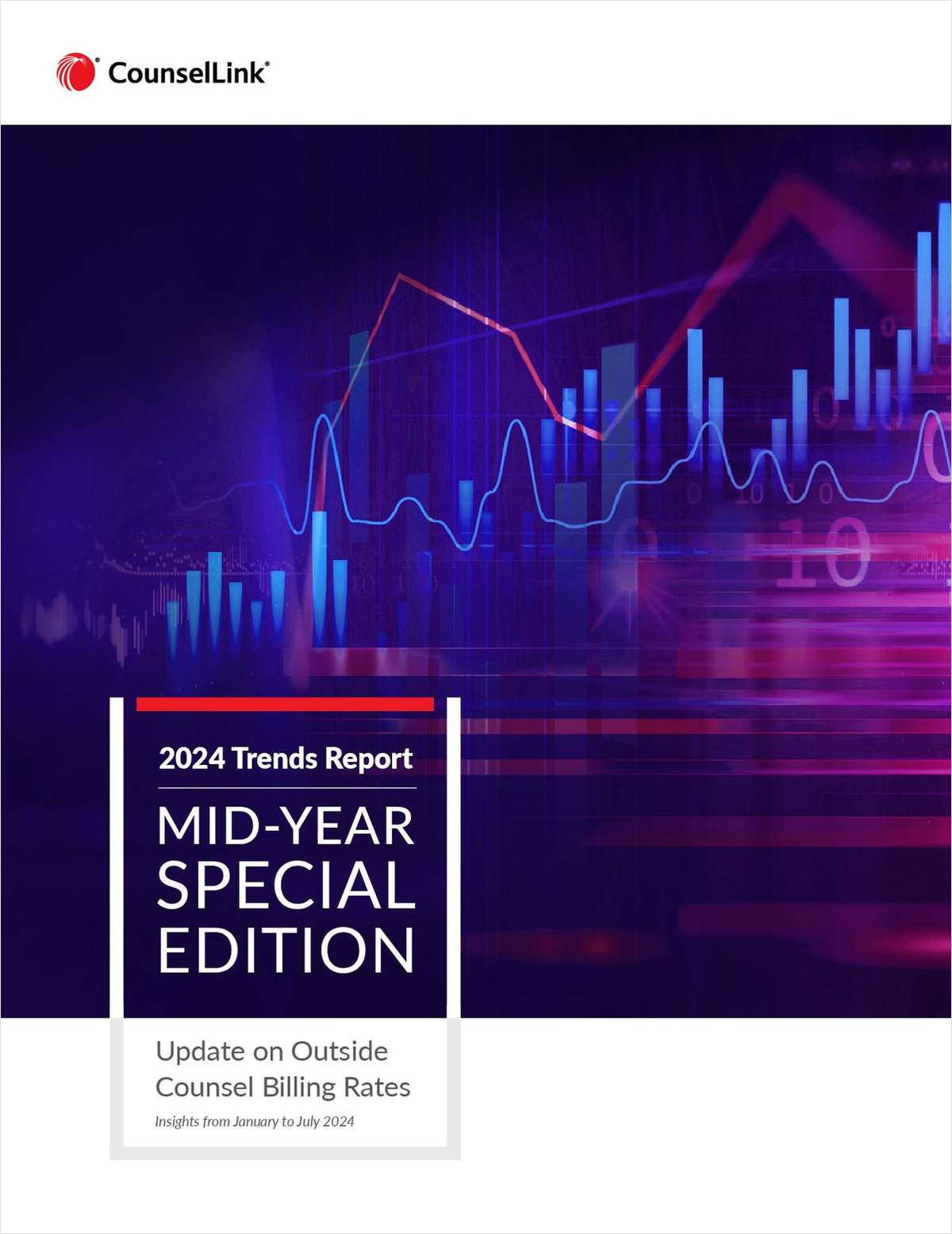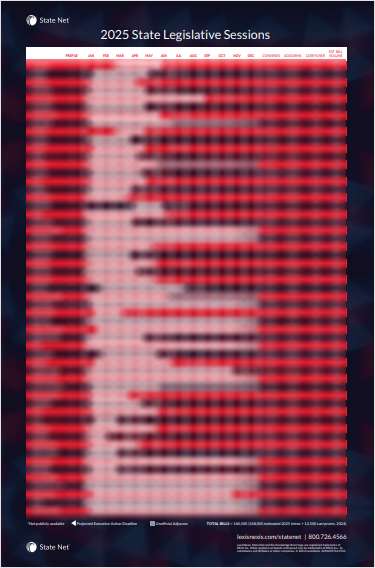Enjoying the Benefits of Provisional Patent Applications
As part of the effort to harmonize global patent systems, the United States introduced the provisional patent application in 1995 as part of the GATT Uruguay Round agreement.
January 05, 2016 at 07:00 PM
8 minute read
The original version of this story was published on The Legal Intelligencer
As part of the effort to harmonize global patent systems, the United States introduced the provisional patent application in 1995 as part of the GATT Uruguay Round agreement. The provisional patent application has many of the same features as the U.S. Patent and Trademark Office (USPTO) disclosure document program the USPTO discontinued in early 2007. Two specific advantages of the provisional application are the issuance of an application filing date by the USPTO and the ability to identify the invention as “patent pending.” In order to take advantage of this early filing date, a nonprovisional application claim priority to the provisional application must be filed within one year of the provisional filing date. If a nonprovisional application is not filed within the one year, the early provisional filing date is lost.
A provisional application typically has a format that is much less formal than a nonprovisional application and may, but is not required to, meet the formal claim requirements of a nonprovisional application. In addition, the inventor is not required to submit an oath or declaration. As might be suspected, the more informal nature of the provisional application can mislead the drafter into forgetting or leaving out critical details that may be needed to support the claims of a nonprovisional application. Since the inception of provisional applications in June 8, 1995, the patent statute, 35 U.S.C. Section 119(e), has required the provisional application to have support for any subsequent nonprovisional claims, or the nonsupported claims will not be entitled to the earlier filing date of the provisional application.
As a general matter, the patent law, 35 U.S.C. Section 112, requires every patent application to provide a sufficiently detailed written description that discloses the invention so that a person of skill in the relevant art is able to practice the invention and secure the benefits of the invention. To meet these requirements in provisional applications, applicants should emphasize important details over a specific form of disclosure. These requirements should not be understood to require a specific format or discourage the use of provisional applications. In cases where there is going to be an imminent disclosure, such as a paper at a seminar or a disclosure in a related technical publication, we have filed the possible disclosure document as a provisional application with a set of claims that broadly recite the invention. However, before following this course, it is important to confirm the inventorship of the invention disclosed in the document and be sure the disclosure sufficiently discloses the invention in enough detail to support the nonprovisional application claims. Even in rushed circumstances, it is important to keep in mind the ultimate goal of preserving the earliest possible filing date.
NOT FOR REPRINT
© 2024 ALM Global, LLC, All Rights Reserved. Request academic re-use from www.copyright.com. All other uses, submit a request to [email protected]. For more information visit Asset & Logo Licensing.
Trending Stories
- 1The Law Firm Disrupted: For Big Law Names, Shorter is Sweeter
- 2Wine, Dine and Grind (Through the Weekend): Summer Associates Thirst For Experience in 'Real Matters'
- 3'That's Disappointing': Only 11% of MDL Appointments Went to Attorneys of Color in 2023
- 4What We Know About the Kentucky Judge Killed in His Chambers
- 5'I'm Staying Everything': Texas Bankruptcy Judge Halts Talc Trials Against J&J
Featured Firms
Law Offices of Gary Martin Hays & Associates, P.C.
(470) 294-1674
Law Offices of Mark E. Salomone
(857) 444-6468
Smith & Hassler
(713) 739-1250








